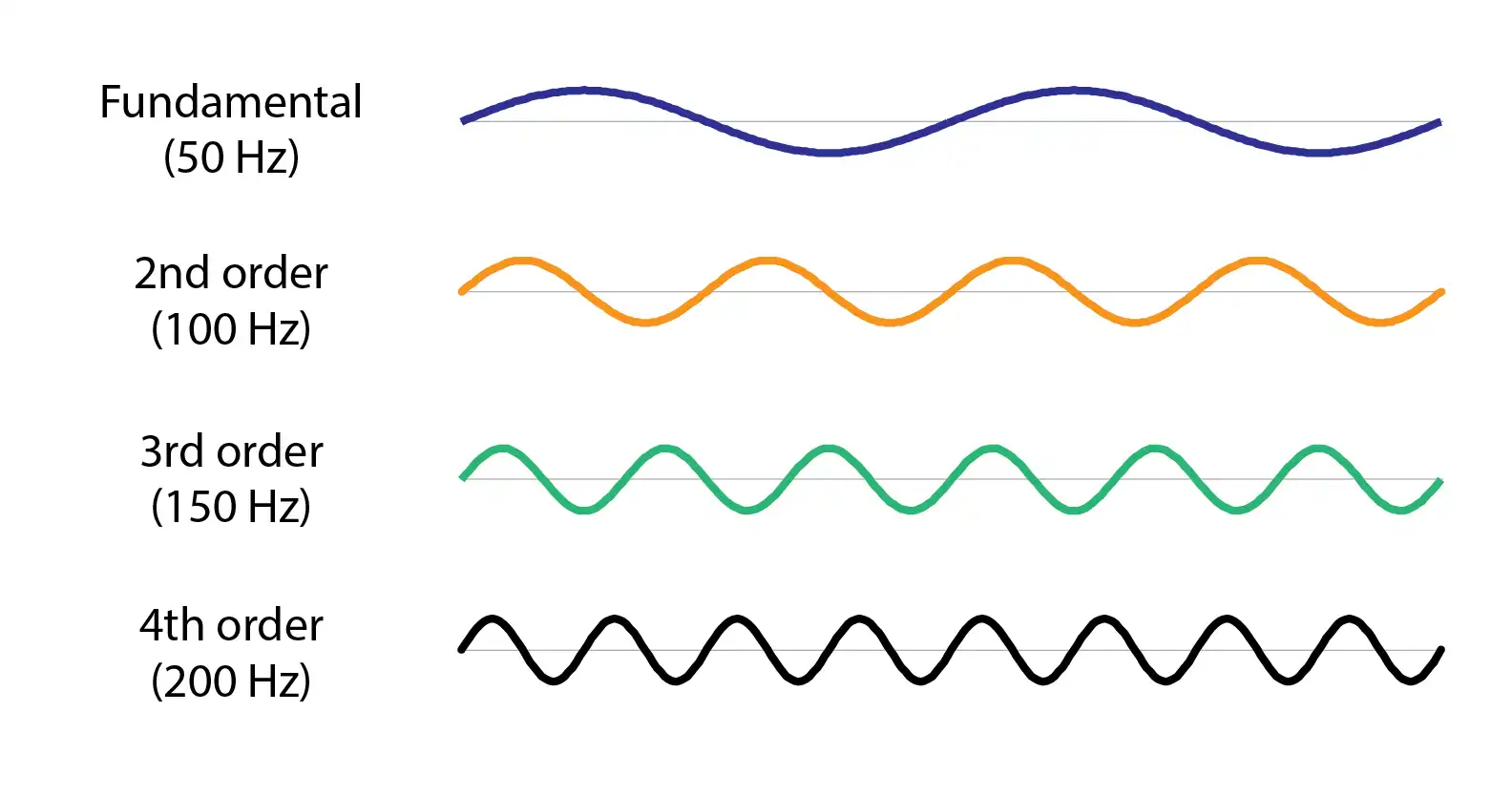Implementing multi-pulse converters to mitigate harmonic distortion.
Here, we can utilise half-wave and full-wave rectifiers. Half-wave rectification generates a direct current (DC) output that saturates a transformer. However, this limitation can be overcome by employing full-wave rectification.
The six-pulse unit is the simplest polyphase converter currently available. A 12-pulse unit is employed to mitigate lower-order harmonics, specifically the 5th and 7th harmonics.
To mitigate further harmonic currents, one can perform phase multiplication. As an illustration, a 24-pulse unit is created by combining four six-pulse full-wave rectifier bridges, with each bridge having a phase shift of 15 degrees compared to the other rectifying units. This is achieved by employing phase-shifting transformers that isolate the supplementary windings which are interconnected in a zig-zag configuration.

Refer to the following criteria for achieving harmonic removal while utilising a six-pulse rectifier:
The transformers utilised in the connection possess identical leakage impedances and transformation ratios.
The load is evenly distributed across the available converters.
- All converters exhibit comparable firing angles.
The phase difference between transformers is equal to 60 divided by the number of sections (N) in degrees.
The formula for the characteristic harmonic reduction can be expressed as
The equation is expressed as h = kq±1.
What is the location?
Let h represent the harmonic order of the system. N is the total number of possible six-pulse rectifiers. q is equal to 6 times N. K is an integer that ranges from 1 to n.
Reactor coils arranged in a series
Series reactors have long been utilised in industry to regulate short circuits. These devices are utilised in the smelting industry, electricity substations, and steel facilities. In certain industries, series reactors are effectively utilised to reduce the impact of harmonics.
The present waveforms exhibiting nonlinearity are characterised by harmonic distortion. By using line reactors, the influx of inrush currents into the drive rectifiers is restricted. These actions decrease the maximum current, smooth down the shape of the waveform, and lower the amount of harmonic distortion. The current distortion is decreased to around 30%. Severe current distortion adversely affects the voltage of the system’s power supply. Excessive harmonic current drainage in the system results in a flattened peak on the voltage waveform. By introducing a reactor, the composition of the current can be controlled, resulting in a reduction of harmonic distortion on the voltage.



